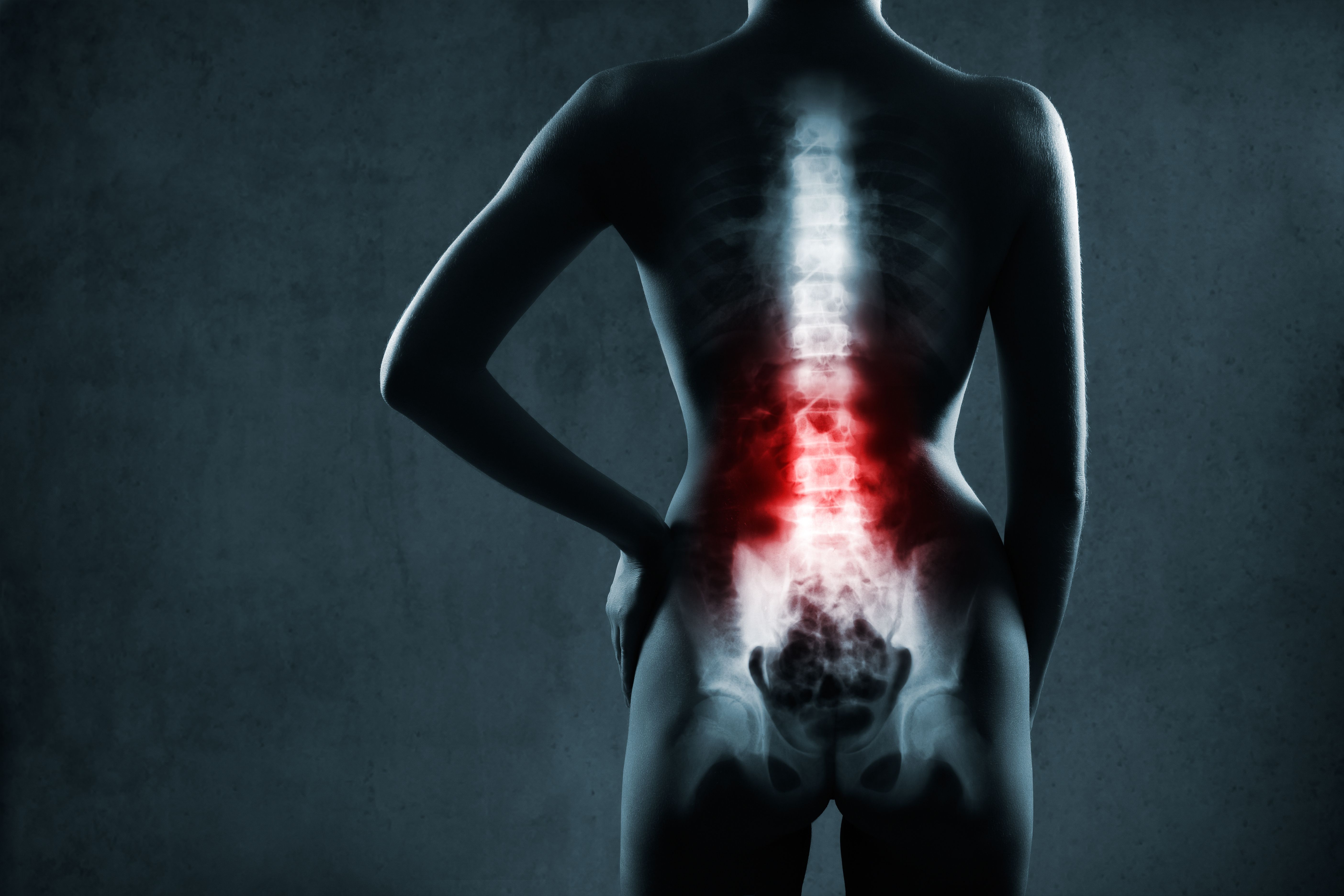Stiffness and Pain as One Unit in axSpA
Physiotherapy, exercise and pain medications should be part of the treatment plan to improve the quality of life of patients suffering from stiffness associated with axial spondyloarthritis.
(©Hamara, AdobeStock)

In a recent Seminars in Arthritis and Rheumatism article, Yu Heng Kwan, M.D., Ph.D., and fellow researchers from Singapore have found that quality of life in patients with axial spondyloarthritis (axSpA) and stiffness is closely linked to controlling function and pain.
Axial spondyloarthritis (axSpA) is an inflammatory disease often presenting at a young age affecting the spine leading to progressive pain and stiffness. With stiffness and subsequent loss of function, quality of life can be seriously impaired in patients with axSpA.
The authors point out that lengthy periods of stiffness are associated with higher disease activity and flares in axSpA, but few interventions have been developed aimed at addressing stiffness in patients these patients. The aim of this study was to better understand how stiffness is linked to quality of life.
Dr. Kwan and colleagues hypothesized that stiffness in patients with axSpA leads to poor quality of life. Further, they suggest that pain, function, and stiffness likely interact to produce this impairment in quality of life.
“The link from stiffness to quality of life is mediated through both function and pain,” Dr. Kwan and colleagues wrote. “Physiotherapy, exercise and pain medications should all be part of the treatment plan to improve the quality of life among patients with stiffness in axSpA.”
THE STUDY
The authors utilized data from the Precision Medicine in Spondyloarthritis for Better Outcomes and Disease Remission (PRESPOND) registry, a large database of axSpA patients in Singapore. Independent variables included function and pain with the primary outcome being quality of life.
Stiffness was determined utilizing the BASDAI measure where a score of zero to 10 was assigned based on the length of time stiffness persisted each morning. Pain was assessed utilizing the visual analogue scale and function using the Health Assessment Score. Quality of life was measured using the Ankylosing Spondylitis Quality of Life (ASQoL) measure.
The authors used path analysis to estimate the associations among the variables by using maximum-likelihood with missing values estimation. Ultimately, 221 patients with axSpA were included in the final analysis.
While stiffness was not directly related to quality of life, a significant total effect of stiffness on quality of life was found (p<0.001). Significant relationships were found between stiffness and pain (p<0.001), between pain and function (p<0.001), between pain and quality of life (p<0.001, and between function and quality of life (p<0.001).
Two indirect effects were found for stiffness on quality of life: Stiffness affected quality of life through pain as a mechanism (p<0.001), and stiffness lead to more pain and less function lowering quality of life (p<0.001).
See the next page for an analysis by Dr. Weiss.
TAKE-HOME POINTS FOR CLINICIANS AND FINAL THOUGHTS
The authors constructed a mediation model that showed that stiffness negatively affects quality of life by way of increased pain and loss of function. Clinicians should be vigilant for prolonged stiffness in their axSpA patients and expect pain and function to be affected.
These results underscore the need for aggressive treatment aimed at alleviating pain and improving function. As clinicians we often look to quantitative measures such as laboratory values and imaging studies to judge how effective our treatment plan is. Taking a purely empiric approach may ignore the most important factor, how the patient feels about their lives.
Quality of life may be the most important measure of treatment effectiveness. No matter what the numbers say, if the patient is unhappy, they are not being treated effectively. This is a situation where multi-modal treatments strategies including physiotherapy, exercise, and pharmacologic pain management may help improve quality of life in patients with axSpA through mitigation of pain, stiffness, and limited function.
The authors point out that adherence to physical therapy and exercise often fall behind adherence to drug treatment. This could be an important reason for failure leading to deterioration of function, increased stiffness and poor quality of life.
With enormous pressure placed on clinicians and patients by the pharmaceutical industry it is difficult to choose the right therapy for every patient. Coupled with the current epidemic of opioid addiction, this pressure makes it more important than ever for us to step back and seek a more holistic approach to pain with greater emphasis on improving function and reducing stiffness in patients with axSpA.
Mobility, regular exercise, non-narcotic anti-inflammatory medications, and physical therapy may dramatically improve function and quality of life in this patient population, a direction worthy of more research.
REFERENCE
Yu Heng Kwan, Warren Fong, Grand Hak Land Cheng, et al. The mediating role of pain and function in the association between stiffness and quality of life in patients with axial spondyloarthritis. Semin Arthritis Rheum. 2019 Mar 2. https://doi.org/10.1016/j.semarthrit.2019.02.010
ABOUT THE WRITER
Gregory M. Weiss, M.D., is a cardiothoracic anesthesiologist practicing in Virginia. He is a frequent contributor to Rheumatology Network.